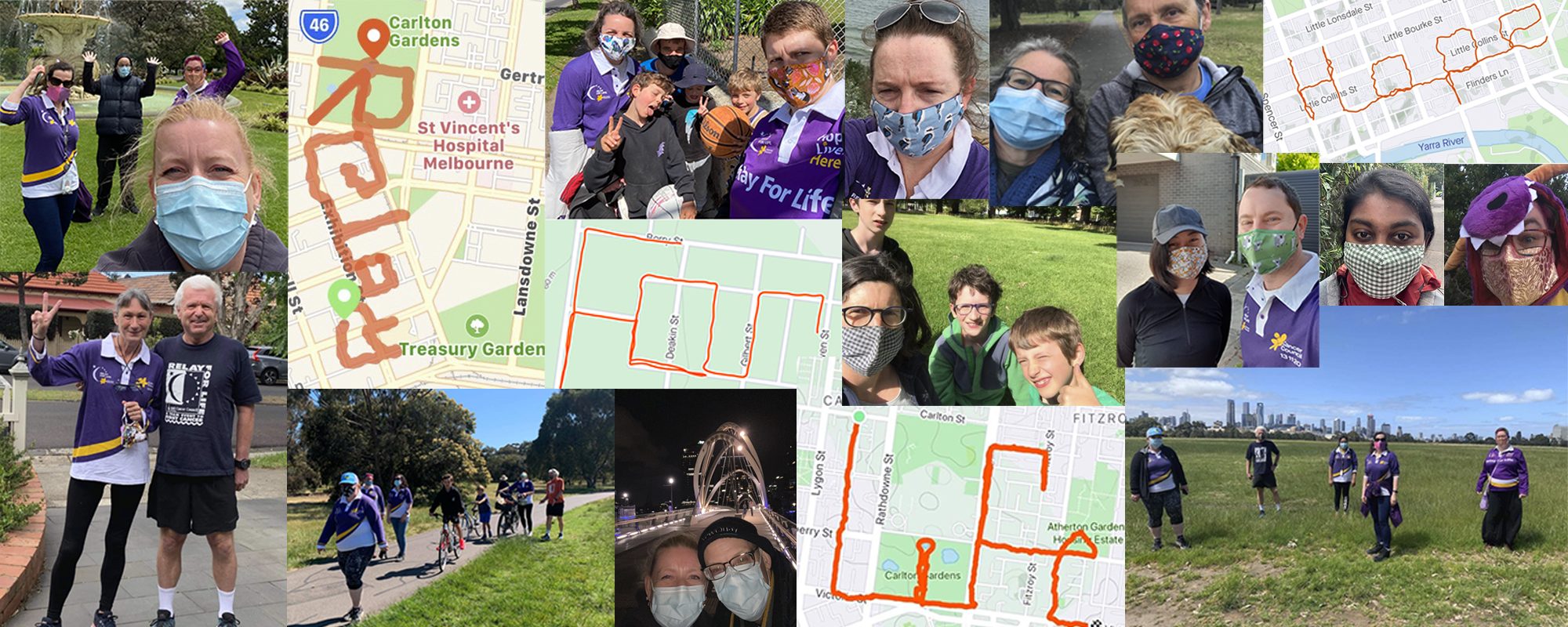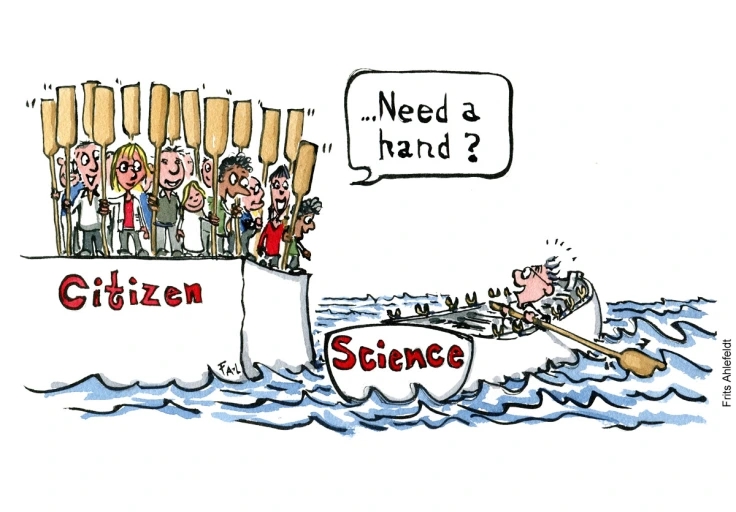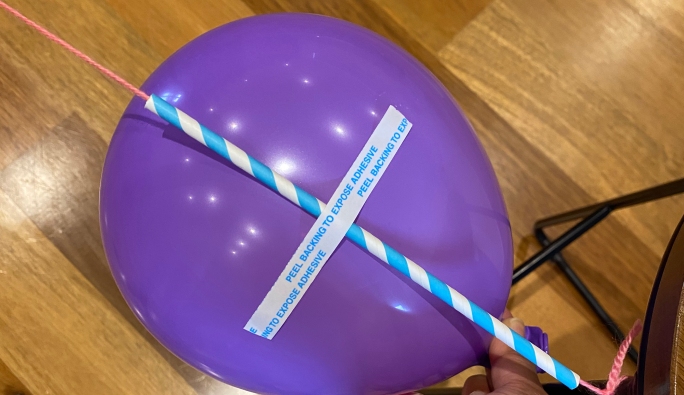Have you ever heard the saying ‘oil and water don’t mix’? Well, today Lahiru and Malinthi are going to demonstrate that this is absolutely true – and sometimes, very beautiful to look at. I love this experiment, and the way the different coloured food dyes start off making an ugly brown mess in the oil before separating out like upside-down fireworks!
Dr Lahiru Gangoda is a cancer researcher and a member of Team WEHI. Her research is on finding better ways to treat skin cancer. Don’t forget wear your sun screen! You can read more about Lahiru here.
Malinthi is in grade 6. She loves science and looking after the environment. She is the Science captain and the Green-house vice-captain at her school. Malinthi is also part of the space-wattle team at her school. Her school will be receiving some Golden Wattle seeds (Australia’s national floral emblem) that has been on board the International Space station for the last 6 months. The space-wattle team will plant and looks after these seeds that has spent time in space.
*Science is great fun! But please, always check with an adult before you start your experiment!*
You will need:
- A tall clear glass of water
- A small glass of oil
- Food colouring in several colours
- A spoon or fork for stirring!
Continue reading “Science at Home: Underwater Fireworks”












